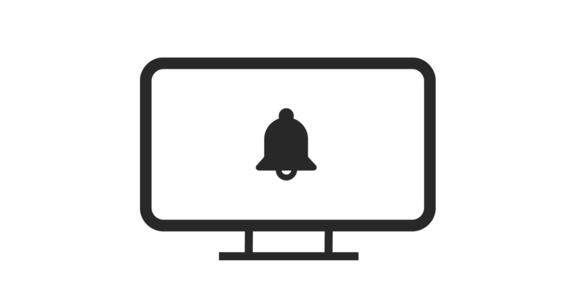Data
Annual National Land Cover Database (NLCD)
NLCD : Every Pixel, Every Year 1984-2024
Access Landsat Data with EarthExplorer
EarthExplorer (EE) provides online search, browse display, metadata export, and data download for earth science data from the archives of the U.S. Geological Survey (USGS).
Fire Danger Forecast
In a joint effort between the USGS and the U.S. Forest Service, the Fire Danger Forecasting Project focuses on research and development of digital map products suited for monitoring and forecasting fire potential within the U.S.
The USGS EROS Center is home to a vast collection of remotely sensed data of Earth, including Landsat imagery, aerial photos, and science products. EROS also hosts the Land Processes Distributed Active Archive Center (LP DAAC), which distributes global land surface data from NASA satellite missions. Use the links below to explore products, access data, and view notifications.




